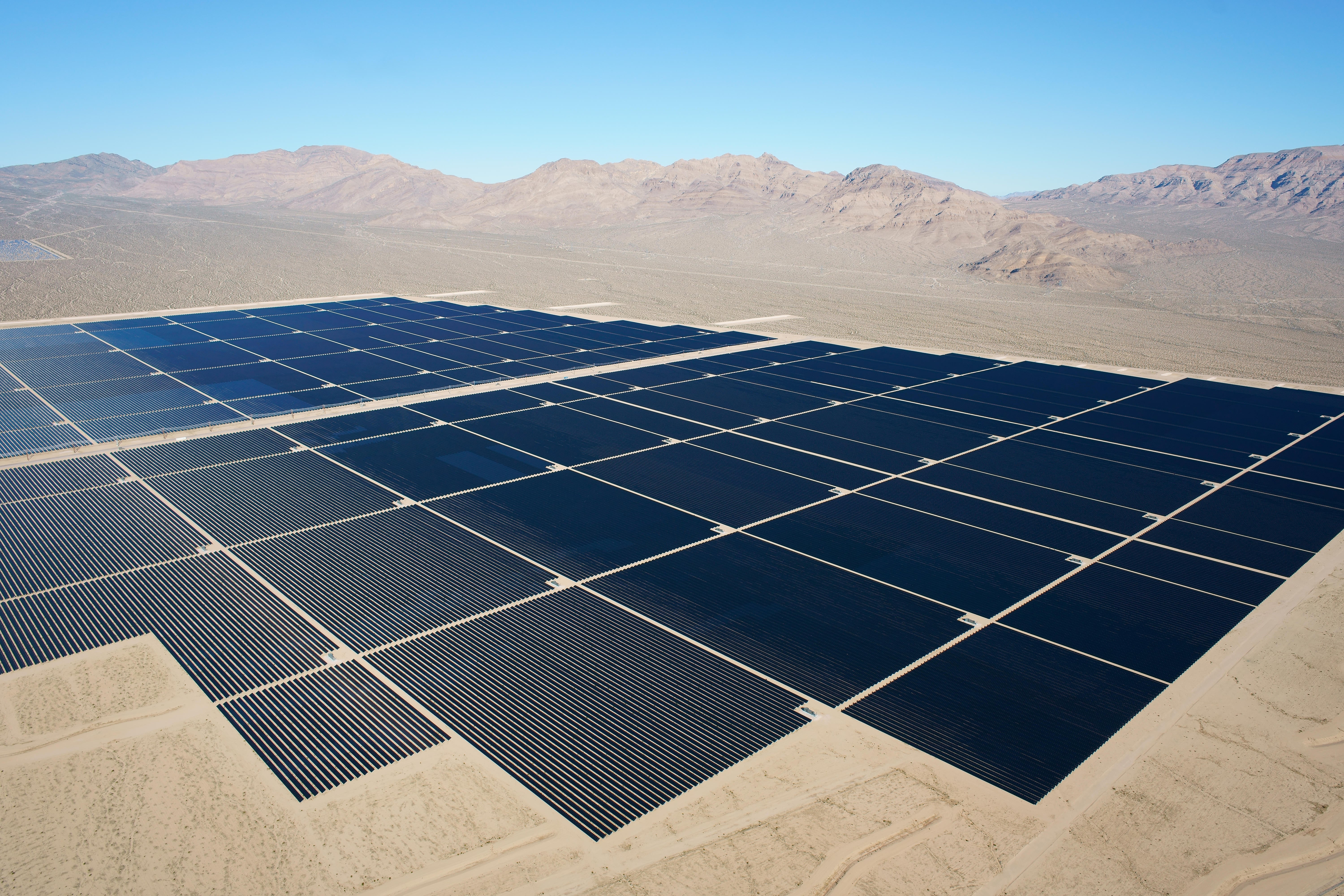
The backbone of President Biden’s plan to use infrastructure spending to advance climate policy is a clean electricity standard for the power sector that has the potential to be the most aggressive ever enacted by the federal government.
Tucked into his $2.3 trillion infrastructure proposal is the aim of “achieving 100 percent carbon-free electricity by 2035,” according to a fact sheet released yesterday by the White House.
“If we act now, in 50 years people are going to look back and say: ‘This was the moment that America won the future,'” Biden said during a rollout of the proposal in Pittsburgh.
While details are vague about how the “energy efficiency and clean electricity standard” would be enacted, it remains — at minimum — a significant symbolic milestone in the U.S. push to reduce greenhouse gas emissions.
And at best, it could be a transformative measure that loosens U.S. reliance on fossil fuels in less than 15 years. The United States is currently at about 40% clean energy on the grid.
The difference depends on whether the 2035 goal is mandatory, or simply aspirational. Congress will have a big role to play in determining how much power is behind it.
“This really will be the backbone for decarbonizing the power sector,” said Lindsey Walter, deputy director for Third Way’s Climate and Energy Program.
Previous iterations of a clean energy standard have set a goal of 100% carbon-free energy by 2050 so Biden is significantly advancing the timeline, she said.
The White House released few details yesterday on how it plans to implement a clean energy standard — an omission Walter said was perhaps intentional because of the political hurdles ahead.
The contours of the policy, she added, likely would depend on whether Biden can get Republicans on board or if he needs to jam the bill through Congress by using the budget reconciliation process.
Another potential obstacle: divisions among congressional Democrats. Given Democrats’ razor-thin majorities in the House and Senate, they can only afford to lose a handful of votes.
If, however, Biden manages to get the idea through Congress, he will have the power to mandate standards that would accelerate the closures of coal- and natural gas-fired power plants.
Thirty states and the District of Columbia have some version of a clean energy standard, but Biden’s proposal outlines a radical shift for the federal government that would see far more solar, wind and other renewable sources come online.
To get there, the federal government also would have to invest hundreds of billions of dollars in the infrastructure needed for the build-out, such as transmissions lines.
For now, key players in the electricity sector appear ready to support the plan, though the coming months will determine if that support holds.
“Reaching a 100 percent clean energy future will require new, carbon-free, 24/7 technologies that are affordable for customers,” said Edison Electric Institute President Tom Kuhn in a statement. “We applaud the Administration for supporting increased funding for the research and development of these technologies and for recognizing that, ultimately, technology will drive the timeline to a 100 percent clean energy future.”
One avenue for bipartisan support could be a rebate and fee program for utilities to build out clean energy capacity, Walter said.
To incentivize the build-out of a green grid, rebates would be given to utilities for expenditures on adding solar, wind and other carbon-free or energy-efficient resources, she said. At the same time, utilities that failed to meet benchmarks would be assessed fees for going too slow.
A clean electricity standard would put the United States on a path to get to 80% clean energy on the grid by 2030, said Leah Stokes, a climate policy expert at the University of California, Santa Barbara.
Currently, the United States adds about 2 percentage points of clean energy to the grid annually. The new standard — when combined with hundreds of billions of dollars proposed for the grid built-out — would add closer to 5 percentage points annually, she said. It also would immediately help reduce emissions in other carbon-intensive sectors of the economy, she said.
“With the federal government providing financial support to the industry and to ratepayers, this is something we can get done at the pace and scale necessary,” she said. “Once we have that clean power, we can use it to power our transportation sector, our buildings and parts of heavy industry and cap emissions upwards of 70% to 80% economywide.”
Reprinted from E&E News with permission from POLITICO, LLC. Copyright 2021. E&E News provides essential news for energy and environment professionals.

